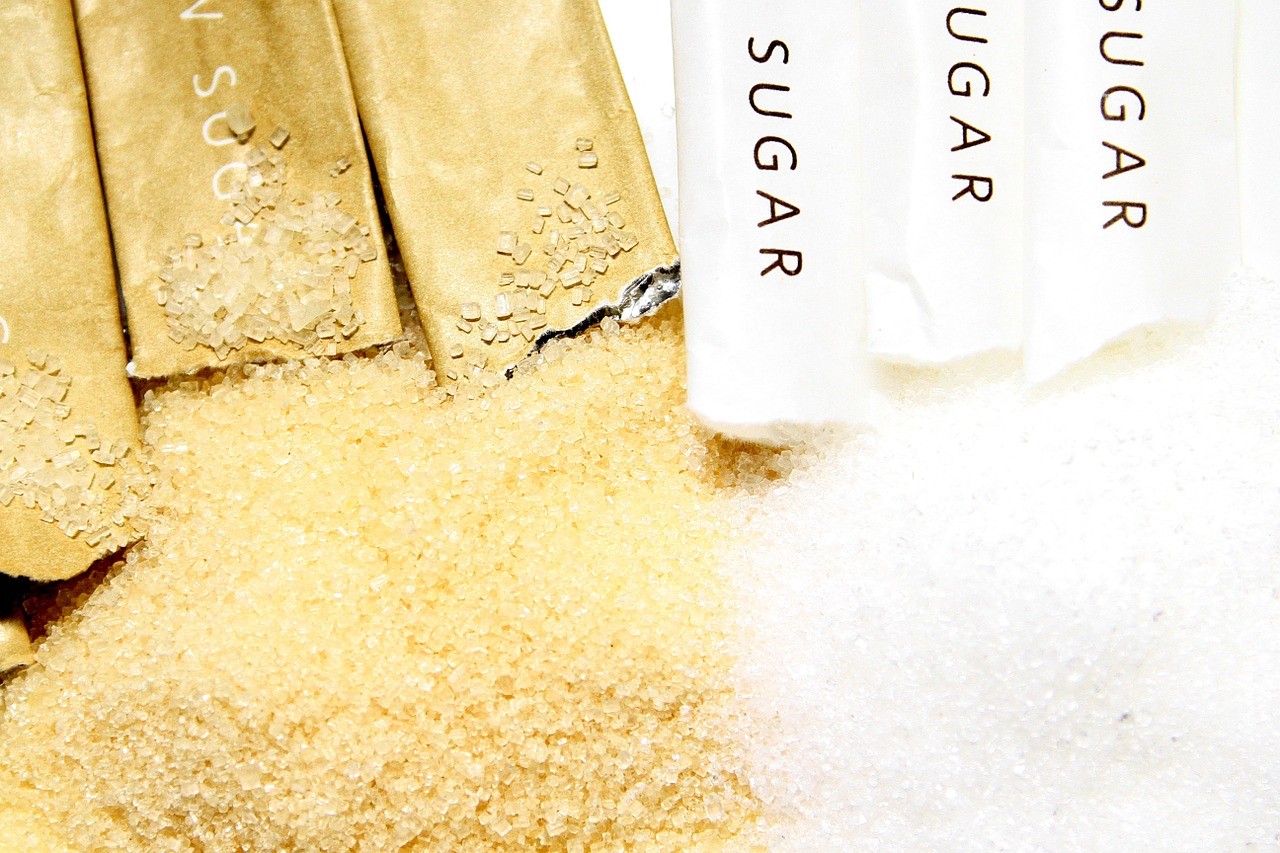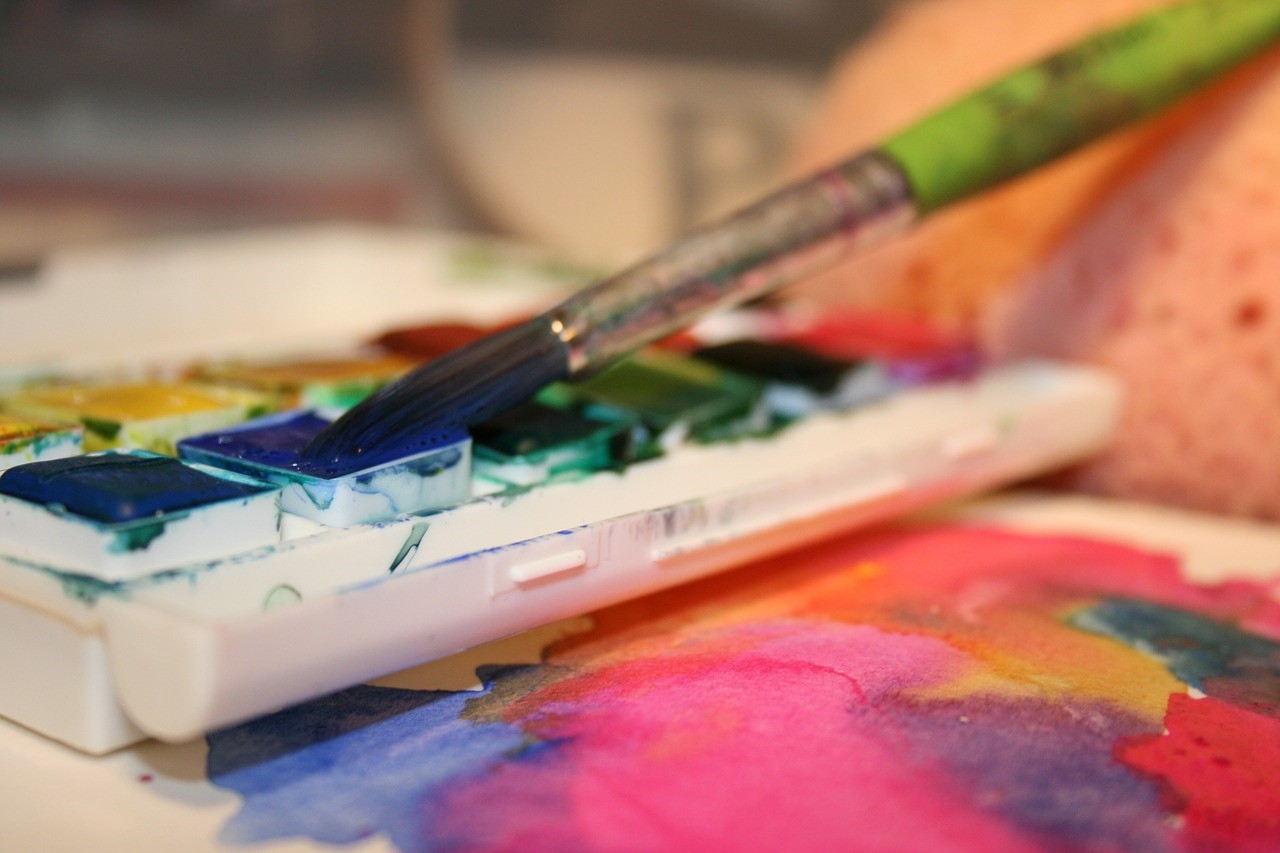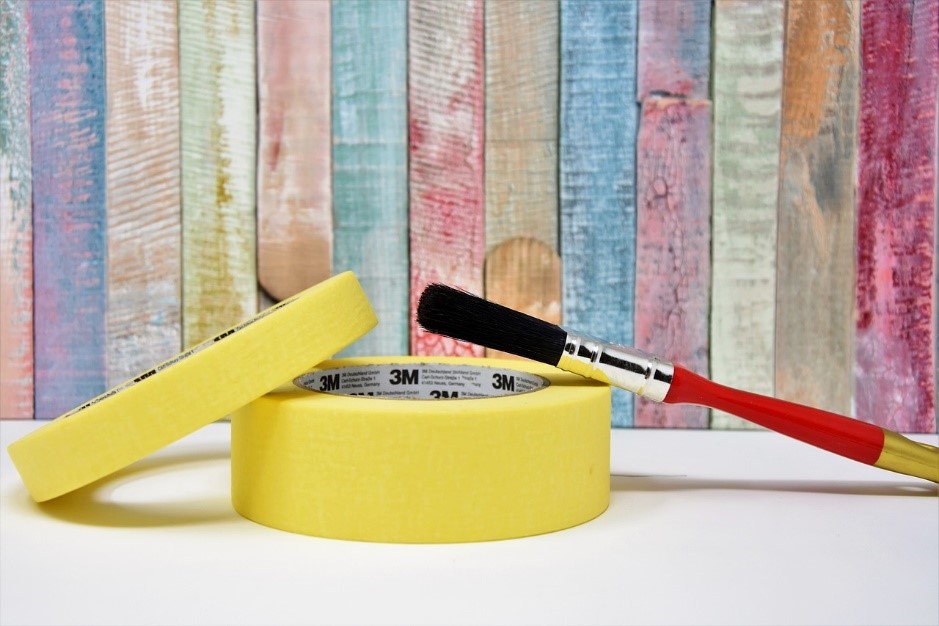
How Soda and Juice Affect Our Teeth
February 14, 2020
Care Options for People Aging on A Budget
February 14, 2020One of the easiest and most enjoyable do-it-yourself tasks that homeowners can and should accomplish at least once is painting a room. But while this job doesn’t have a whole lot of challenges to overcome in doing the work properly, there are a few things you should know so the finished product looks like you hired exterior painters richmond va.
There are some hard and fast rules as to the order in which you should take each step of the process, if you fail to follow these guidelines you won’t just be making the job harder on yourself, but your work may not look its best when you’re done. That could result in your having to do the job all over again or hiring an expert to come in and fix what you attempted.
So, here is the progression of steps as to how you should paint a room in your home like a pro:
Table of Contents
TogglePreparation of The Surfaces
Before you open one can of paint or dip your brush into it, you must prep the surfaces that you plan to paint. That means cleaning everything thoroughly, remove all grease, dirt, dust, grime, anything that has accumulated on the wall over time. Allowing these things to remain on the wall prevents the paint from bonding to the surface properly and it will start to peel.
You should also make any repairs to the walls or ceiling that are necessary before you start. You’re not going to paint a damaged wall, that doesn’t make much sense. Use a spackling putty and putty knife to fill in any dents or holes. After the putty has dried, sand to a smooth finish.
Priming the Walls
The interior walls of your home are typically painted with a latex paint, which means you should be able to repaint them without any primer. However, this does not apply in situations where you are painting over a dark color or something bright and bold. You will need to prime first. If there are dents or dings in the drywall that you have not been able to patch up, you may also need to use a primer. Walls that have been painted with an oil-based paint instead of latex will also require a primer.
Caulking the Cracks
You will also need to check your walls for any gaps or cracks that exist and, if you find any, you’re going to need to caulk them. But first remove the old and loose stuff before applying the new caulk with your caulking gun.
Go with an acrylic caulk and be sure you choose one that is resistant to mold and mildew if you are applying it in a kitchen or bathroom where moisture is a constant. Do not use silicone caulk anywhere you plan to paint.
Prepping Your Room
Now that your surfaces are prepped and repaired, it’s time to get started on the task at hand. You’re almost ready to paint, but first you need to prep the room you’re about to paint. That means removing all furniture, furnishings, wall decorations, and removing electrical covers. Basically, make the room bare.
Apply painter’s tape at the baseboards, windows, and door trim and cover the floor with a tarp or plastic sheet, this is especially important if you have carpet on the floor. You do not want to spill paint on your carpet fibers. That can get to be a real mess and a pain in the neck to clean up.
Start with The Ceiling
You want to begin at the highest point first because paint can and will drip. You would much rather have it drip and drop on your walls before they’ve been painted, so you don’t ruin the work you’ve done already. So, get your roller ready (this is going to be a lot easier to finish with a roller instead of a brush), and cover it with your paint.
Paint the ceiling with the roller, just be careful with ceilings that have a textured surface. In those instances, you may need to get the brush out so you can get color into any nooks and crannies.
Paint the Walls Next
Pretty self-explanatory, get your roller or brush and make long vertical strokes to apply your paint evenly. Make sure you begin at one corner of the room and work your way over, two feet at a time. One very important thing to keep in mind here is to go slow. Go at a leisurely pace, otherwise if you go too fast you could end up splattering the paint.
Cleanup
When you’ve finished all of the walls and trim, all there is left to do is pick up your drop cloths, refurnish the room, and clean your rollers and brushes. Voila, you’re done!





